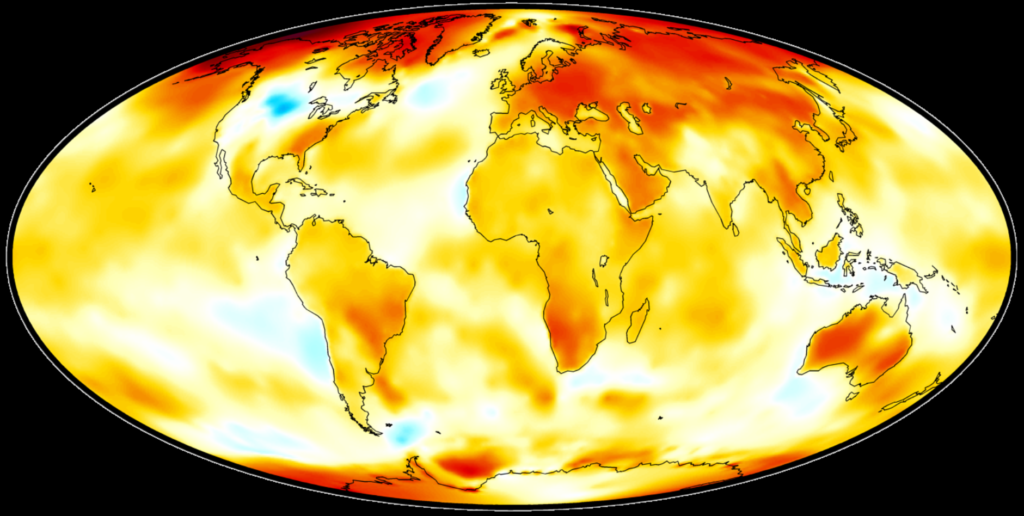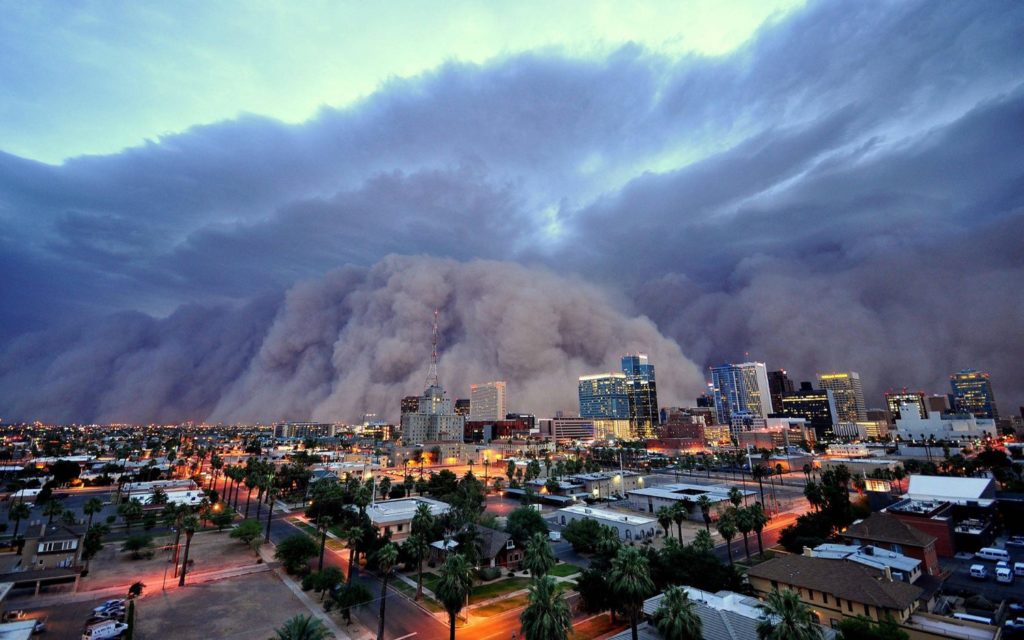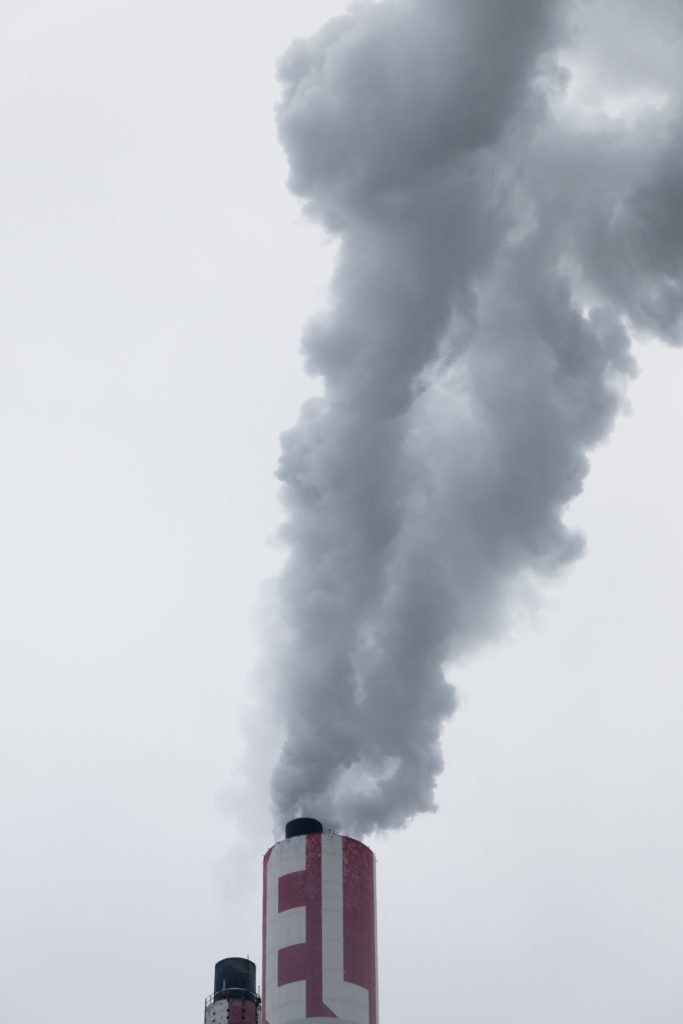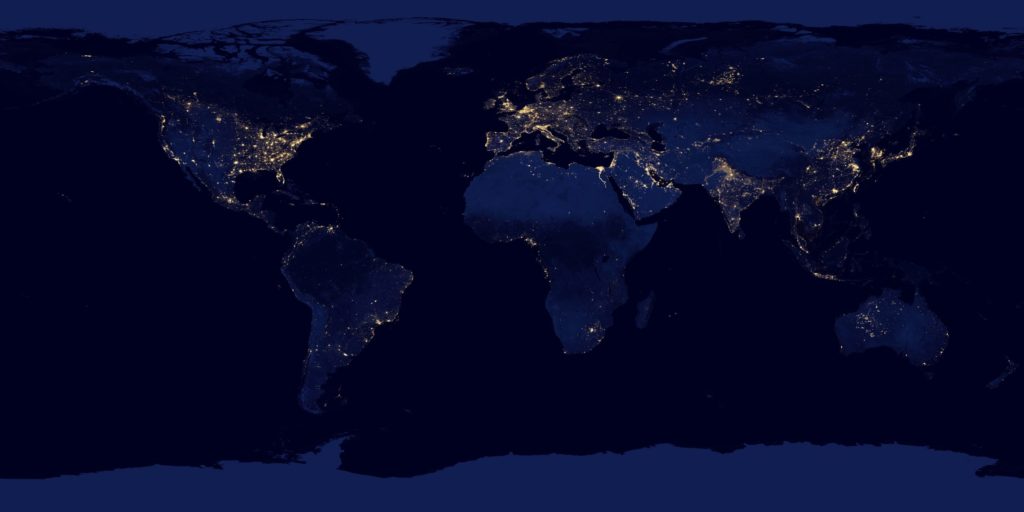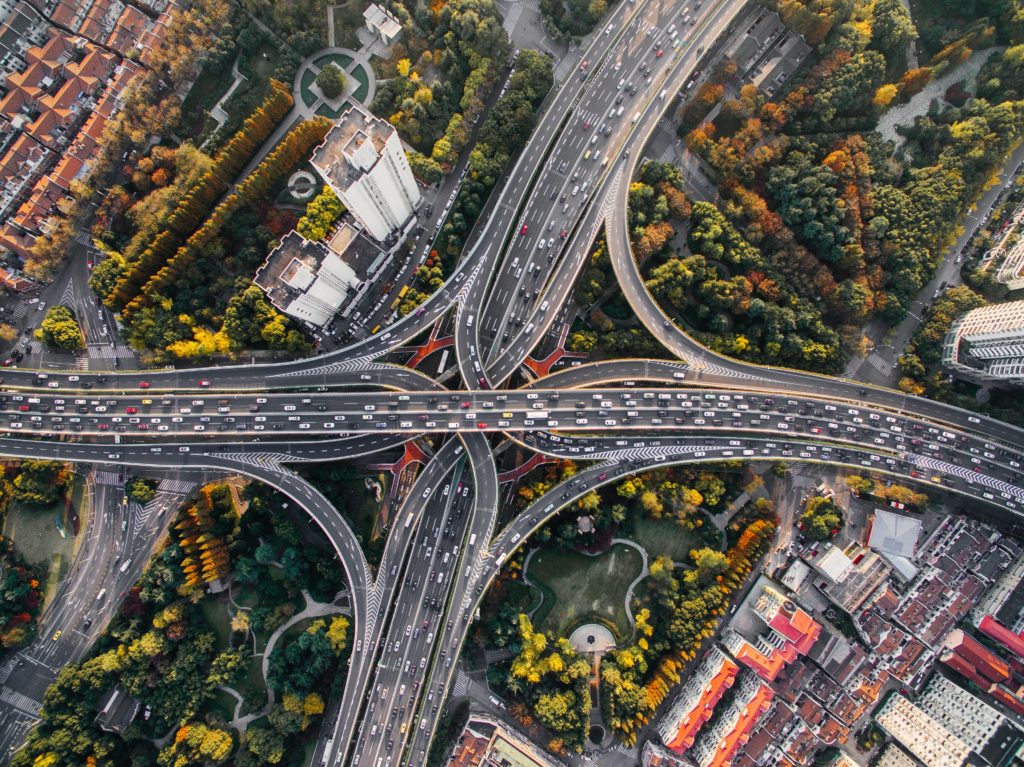
Not Just CO2, Let’s Talk About Methane
From thawing permafrost to belching cows, methane is a harmful greenhouse gas that has a significant impact on climate change. Although the bulk of mitigation strategies focus on carbon dioxide, methane also requires direct mitigation measures, a better understanding of how much it impacts our climate, and what sectors are emitting the most. A hot topic for researchers and policymakers alike.


